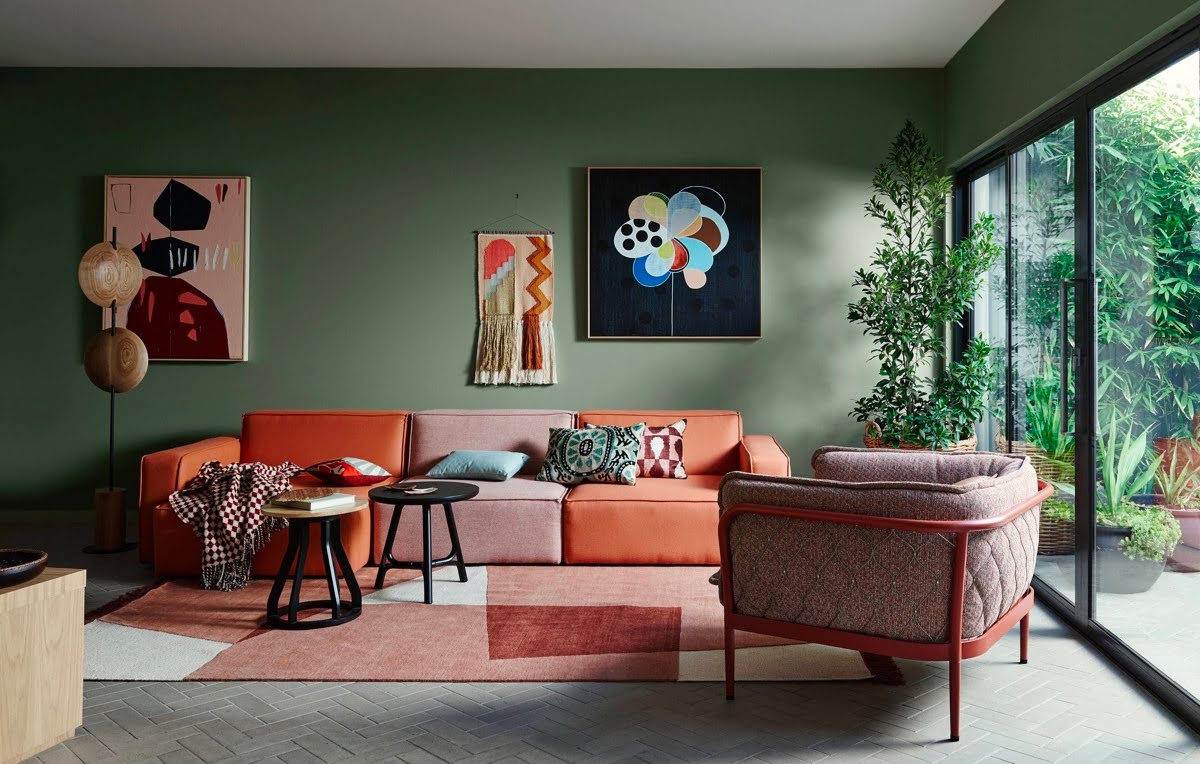

Articles
Why Is A Living Room Called A Living Room
Modified: January 20, 2024
Discover the origins of the term "living room" and the reasons behind its name. Explore fascinating articles about living room design, functionality, and more.
(Many of the links in this article redirect to a specific reviewed product. Your purchase of these products through affiliate links helps to generate commission for Storables.com, at no extra cost. Learn more)
Introduction
The living room is a fundamental part of any home. It serves as a space for relaxation, entertainment, and socializing with family and friends. But have you ever wondered why it’s called a living room? In this article, we will explore the origins of the term “living room” and delve into its historical background and significance. Whether you’re an interior design enthusiast or simply curious about language and culture, this exploration of the living room’s name is sure to provide some fascinating insights.
Key Takeaways:
- The term “living room” embodies more than just a physical space; it symbolizes a vibrant hub where life unfolds, relationships thrive, and personal style is expressed, reflecting the ever-changing nature of society.
- Cultural influences shape living room terminology, reflecting diverse perspectives and values worldwide. Understanding and respecting these linguistic nuances are essential for appreciating the richness of global living spaces.
Read more: What Are Living Room Chairs Called
Definition of a Living Room
Before we dive into the history and significance of the term “living room”, let’s establish what it actually means. A living room, also known as a lounge, sitting room, or sitting area, is a space within a house or apartment where people gather for various activities such as watching television, conversing, reading, or simply unwinding.
Typically, a living room is furnished with comfortable seating arrangements such as sofas, armchairs, and coffee tables. It often features a television or entertainment center for leisurely activities. The room is usually located near the main entrance of the house, making it easily accessible and welcoming for both household members and guests.
The design and layout of a living room can vary greatly depending on cultural preferences, personal style, and the overall size and architecture of the home. Some living rooms may be open-plan, seamlessly connected to other areas such as the dining room or kitchen, while others may be enclosed and separate from other spaces.
Overall, a living room is a versatile and multifunctional space that accommodates various activities and caters to the specific needs and preferences of the individuals who use it.
Historical Background of the Term “Living Room”
The term “living room” has its roots in the late 18th and early 19th centuries when societal shifts and changes in architectural design influenced the way homes were structured.
Prior to this period, houses were typically divided into distinct rooms with specific functions, such as the parlor for formal gatherings, the drawing room for entertaining guests, and the sitting room for more casual and intimate conversations.
However, during the industrial revolution, there was a growing desire for more open and flexible spaces within homes. This shift in architectural thinking was a response to the changing social dynamics that called for a less rigid division of domestic spaces.
The term “living room” emerged as a result of this architectural shift, symbolizing a more relaxed and informal space where families could spend time together and engage in everyday activities. It offered a departure from the formality of the traditional rooms, reflecting the changing lifestyle and values of the time.
Interestingly, the term “living room” was predominantly used in American English, while “sitting room” or “lounge” were more commonly used in British English. While the terms may have slight variations, the concept and purpose behind these spaces remained the same.
Over time, the living room became the central gathering place in the home, serving as a comfortable and functional area where families can relax, entertain guests, and create lasting memories.
The Evolution of Living Room Design
The design of living rooms has evolved significantly over the years, reflecting not only changing architectural styles but also the shifting societal norms and technological advancements.
In the early 20th century, living rooms often featured heavy, ornate furniture pieces and elaborate decorations. These rooms were designed to impress guests and showcase the homeowner’s wealth and social status. Formal arrangements and decorative elements such as chandeliers, draperies, and intricate molding were common in living room designs of this era.
As the mid-20th century approached, a more minimalist and functional approach to living room design emerged. This was influenced by the modernist movement, which celebrated simplicity, clean lines, and the integration of indoor and outdoor spaces. The concept of open-plan living gained popularity during this time, with living rooms seamlessly connected to dining areas and kitchens.
During the 1950s and 1960s, the living room became a hub for entertainment, with an emphasis on television and stereo systems. The design of living rooms during this era often revolved around the placement of the television as the focal point. Furniture arrangements were tailored to allow for optimal viewing angles, and built-in storage units were introduced to accommodate the growing number of electronic devices.
In recent decades, living room design has become more eclectic, with homeowners embracing a mix of styles and incorporating personal touches. Minimalist, Scandinavian, industrial, and bohemian designs have all made their mark on contemporary living rooms. The focus has shifted towards creating comfortable, functional spaces that reflect the unique personalities and lifestyles of the individuals who inhabit them.
Technological advancements have also shaped living room design. Smart TVs, surround sound systems, and streaming devices have become staples in modern living rooms. Integration with smart home technology and the rise of home automation have further transformed the way we interact with and design our living spaces.
Today, living rooms are increasingly designed to be flexible and adaptable. Multi-purpose furniture, modular seating, and easily reconfigurable layouts are popular choices to accommodate the diverse needs of households. Sustainability and eco-friendly design principles are also gaining prominence, with an emphasis on natural materials and energy-efficient lighting.
The evolution of living room design reflects the ever-changing nature of our society, blending both practicality and aesthetics to create spaces that are both visually appealing and functional for modern living.
The term “living room” originated in the late 19th century, when it was used to describe a room in a house where family members would gather to socialize, relax, and entertain guests. This term was a reflection of the idea that this room was a space for “living” in a more informal and comfortable manner than the formal parlors or drawing rooms of the time.
The Significance of the Term “Living Room”
The term “living room” holds significance beyond its mere function as a space within a home. It encapsulates the idea of a central gathering place where life unfolds, relationships are nurtured, and memories are made.
Firstly, the term “living” in “living room” suggests an active and vibrant space where people engage in various activities, whether it’s watching TV, having conversations, playing games, or simply unwinding after a long day. It emphasizes that this room is not just a static or decorative area, but rather a place where life happens.
The use of the term “room” denotes a specific area designated for communal activities, separate from individual bedrooms or private spaces. It signifies the importance of shared experiences and social interaction within the household. In a world where technology often disconnects us, the living room serves as a physical reminder of the importance of coming together in a shared space.
Furthermore, the living room acts as a reflection of a family’s personality and lifestyle. The design choices, furniture arrangements, and decorations in a living room can convey a sense of identity and create a welcoming atmosphere for both residents and guests. It serves as a canvas for self-expression and personalization within the home.
In addition, the living room is often the first impression visitors have of a home. It sets the tone for the rest of the house and leaves a lasting impact on guests. By carefully curating the design and ambiance of the living room, homeowners can create a warm and inviting space that reflects their hospitality and taste.
Moreover, the living room serves as a space for bonding and strengthening familial relationships. It is a place where family members can come together to share meals, engage in meaningful conversations, and partake in recreational activities. The memories and connections formed in the living room contribute to a sense of belonging and unity within the household.
Lastly, the living room often plays a pivotal role in hosting guests and entertaining visitors. It is a space where friends and loved ones gather for celebrations, parties, or evenings of conversation and laughter. The living room creates a welcoming environment that fosters social connections and allows for the cultivation of meaningful relationships.
In essence, the term “living room” goes beyond its literal definition. It represents a space of vitality, connection, and personalization within the home. It highlights the significance of shared experiences, hospitality, and the creation of a nurturing environment for both residents and guests.
Read more: What Is A Second Living Room Called
Factors Influencing Living Room Design
When it comes to designing a living room, there are several factors that influence the overall aesthetic and functionality of the space. From personal preferences to cultural influences and practical considerations, these factors play a crucial role in shaping the design choices homeowners make. Here are some key factors that influence living room design:
- Personal Style: Personal preferences and individual tastes have a significant impact on living room design. Some may prefer a minimalist and modern approach, while others may lean towards a more traditional or eclectic style. Understanding one’s personal style is the foundation for creating a cohesive and visually appealing living room.
- Lifestyle: The way one lives and uses their living space is another important consideration. Families with young children may prioritize durable and child-friendly furniture, while those who frequently entertain guests may opt for ample seating and a well-designed entertainment area.
- Available Space: The size and layout of the living room play a vital role in determining the design options. Small living rooms may require space-saving furniture and smart storage solutions, while larger rooms provide more flexibility for creating distinct seating areas and incorporating statement pieces.
- Room Functionality: Understanding the primary functions of the living room is essential for its design. Will it be used mainly for relaxation and leisure, or will it also serve as a home office or entertainment center? Defining the primary function helps in selecting suitable furniture, lighting, and decor elements.
- Architectural Features: The architectural features of the room, such as windows, doors, and ceiling height, influence the overall design. These features can be accentuated or integrated seamlessly into the design scheme to enhance the room’s aesthetics.
- Cultural Influences: Cultural backgrounds and influences can also shape living room design choices. Different cultures have various preferences in terms of color schemes, furniture styles, and decor elements. Integrating cultural influences can add a unique and personal touch to the living room design.
- Lighting and Ambiance: Lighting plays a significant role in setting the mood and ambiance of a living room. The selection of appropriate lighting fixtures and the positioning of natural and artificial light sources contribute to the overall atmosphere and functionality of the space.
It is important to consider all these factors and strike a balance between personal preferences, practicality, and aesthetics when designing a living room. By doing so, homeowners can create a space that reflects their unique style, meets their specific needs, and creates an inviting and functional environment for themselves and their guests.
Cultural Differences in Living Room Terminology
While the concept of a living room is universal, the terminology used to describe this space can vary across different cultures and regions. Cultural influences play a significant role in shaping the names and linguistic distinctions associated with this central living space. Let’s explore some cultural differences in living room terminology:
- United States: In the United States, the term “living room” is the most commonly used term to describe the main communal space in a home. It emphasizes the idea of an active, vibrant space where life unfolds. “Family room” is another term that is often used interchangeably with “living room,” particularly when referring to a more casual and informal space for relaxation.
- United Kingdom: In the United Kingdom, the terms “sitting room” and “lounge” are more commonly used instead of “living room.” “Sitting room” denotes a more formal space that is often reserved for entertaining guests or special occasions. “Lounge” is a more casual term and is used to describe a comfortable space for relaxing and socializing.
- Europe: Throughout Europe, the terminology used for living rooms can vary from country to country. For example, in France, it is referred to as “le salon,” while in Germany, it is known as “das Wohnzimmer.” The specific terms used reflect the linguistic and cultural nuances of each country.
- Asia: Asian countries also have their own unique terms for living rooms. In Japan, the term “ima” is used, which translates to “living room” or “now.” In China, the term “客厅” (kètīng) is commonly used, which translates to “guest hall” or “reception room.” These terms reflect cultural values of hospitality and the importance of communal spaces.
- Middle East: In the Middle East, the term “majlis” is often used to describe the main living space. The majlis is a traditional Arabic term for a gathering place where family members, friends, and guests come together for conversations and socializing.
These cultural differences in terminology highlight the unique perspectives and values associated with living spaces around the world. While the underlying purpose of these spaces remains the same – to create a welcoming and comfortable environment for socializing and relaxation – the linguistic distinctions reflect the diverse cultural nuances of each region.
It’s important to respect and appreciate these cultural differences when discussing living rooms and to understand that the terminology used may vary depending on the cultural context.
Conclusion
The term “living room” carries with it a rich history, cultural significance, and personal interpretation. It represents more than just a physical space within the home – it symbolizes a place where life happens, relationships are nurtured, and memories are made.
Throughout history, the design of living rooms has evolved to meet the changing needs and preferences of individuals and societies. From formal parlors to modern open-plan spaces, the living room has adapted to reflect the shifting lifestyle and architectural trends.
The significance of the term “living room” lies in its embodiment of a central gathering place where families come together, guests are welcomed, and personal style is expressed. It serves as a reflection of one’s lifestyle, values, and cultural influences.
Several factors influence living room design, including personal style, lifestyle, available space, and architectural features. By considering these factors, homeowners can create a living room that not only meets their practical needs but also represents their unique personality and taste.
Cultural differences in living room terminology add an additional layer of depth and meaning to this space. The names used to describe living rooms vary across cultures, reflecting linguistic nuances and cultural values. Understanding and respecting these differences is essential for appreciating the diversity and richness of global living spaces.
In conclusion, the living room is not just a physical space within a home, but a hub of connection, relaxation, and self-expression. Its significance goes beyond its functional purpose, as it holds the power to create lasting memories, foster relationships, and showcase individuality. Whether it’s called a living room, sitting room, lounge, or salon, this space remains an integral part of the modern home and continues to evolve with the ever-changing needs and influences of society.
Frequently Asked Questions about Why Is A Living Room Called A Living Room
Was this page helpful?
At Storables.com, we guarantee accurate and reliable information. Our content, validated by Expert Board Contributors, is crafted following stringent Editorial Policies. We're committed to providing you with well-researched, expert-backed insights for all your informational needs.
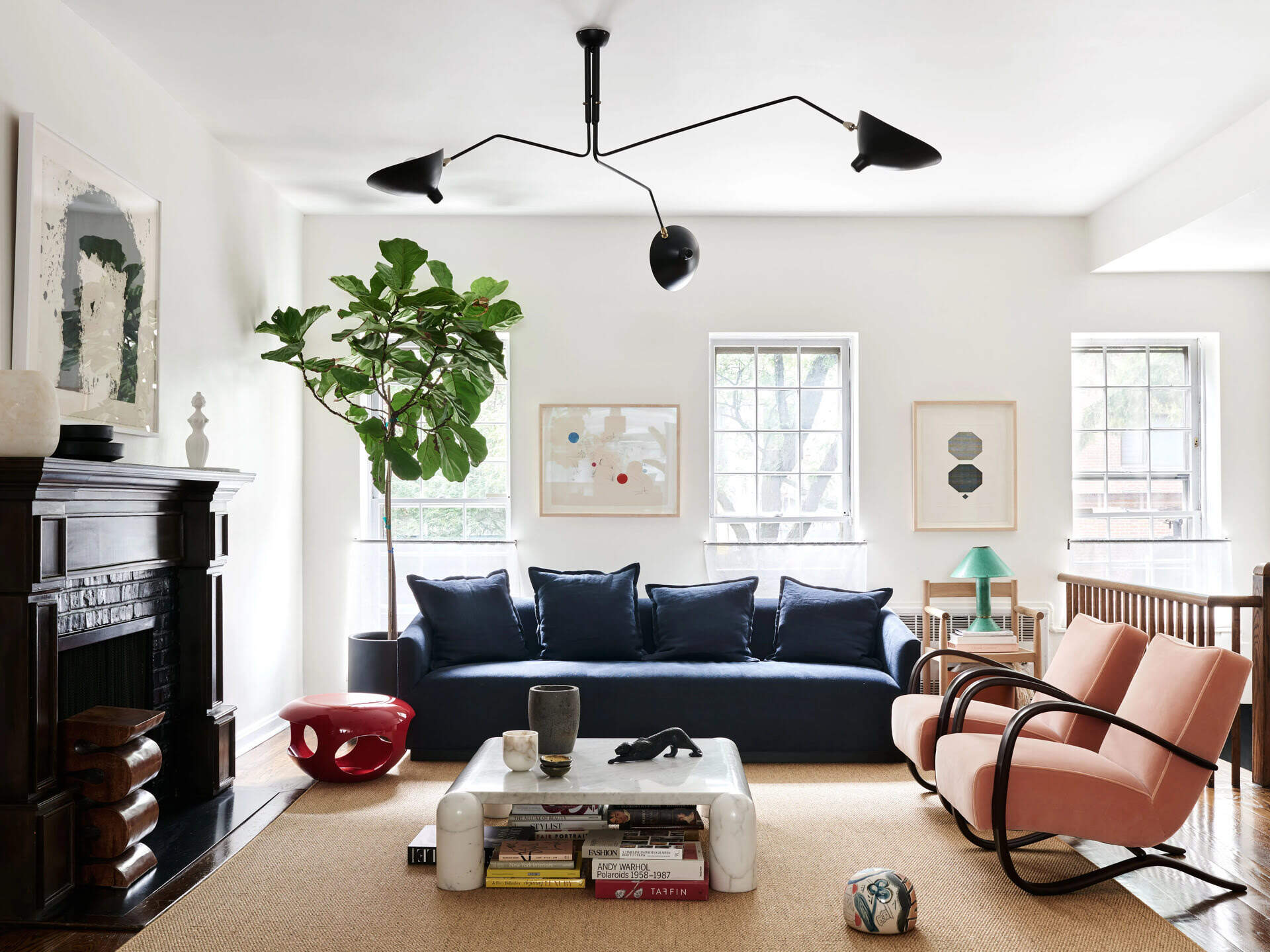


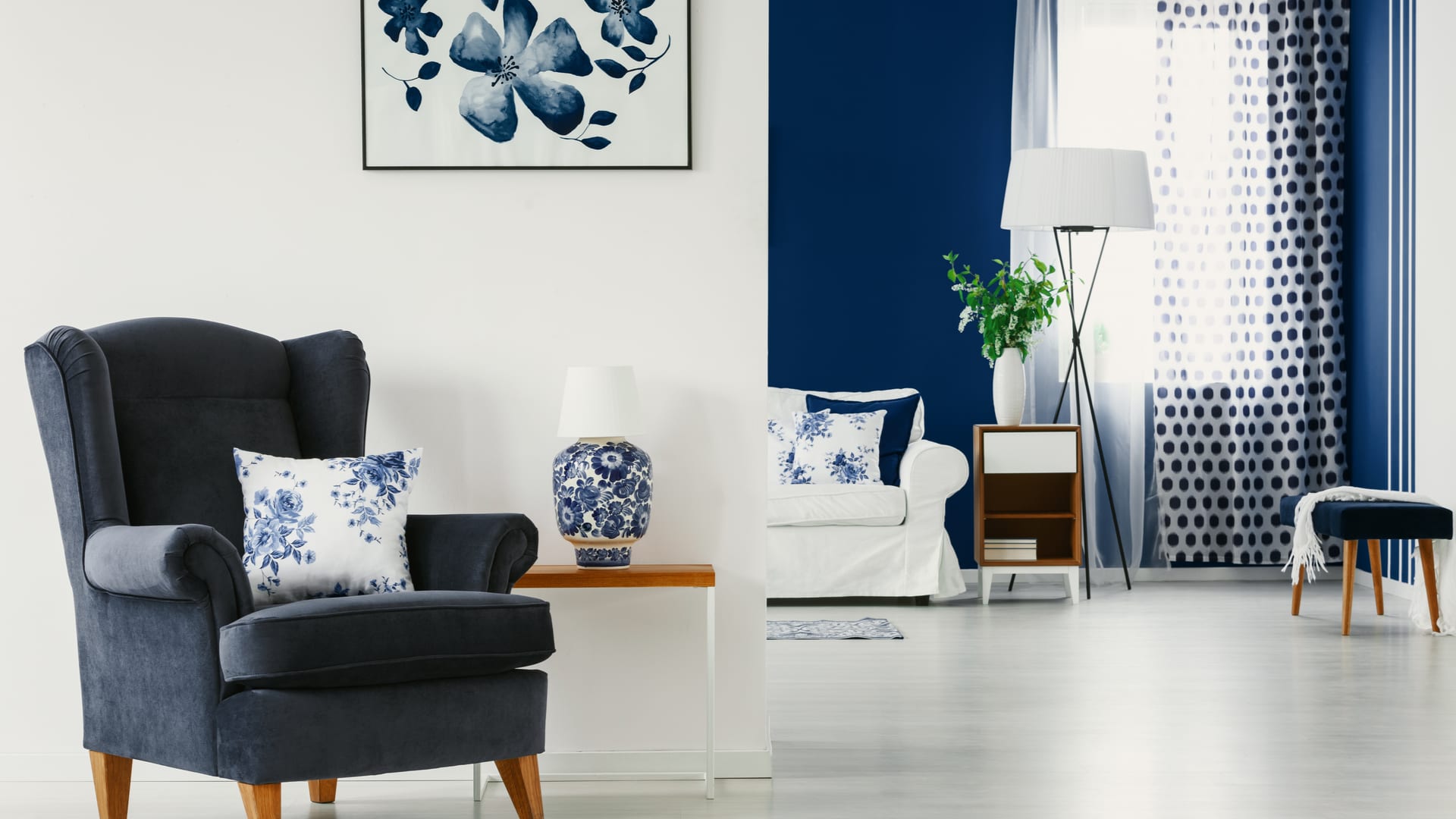
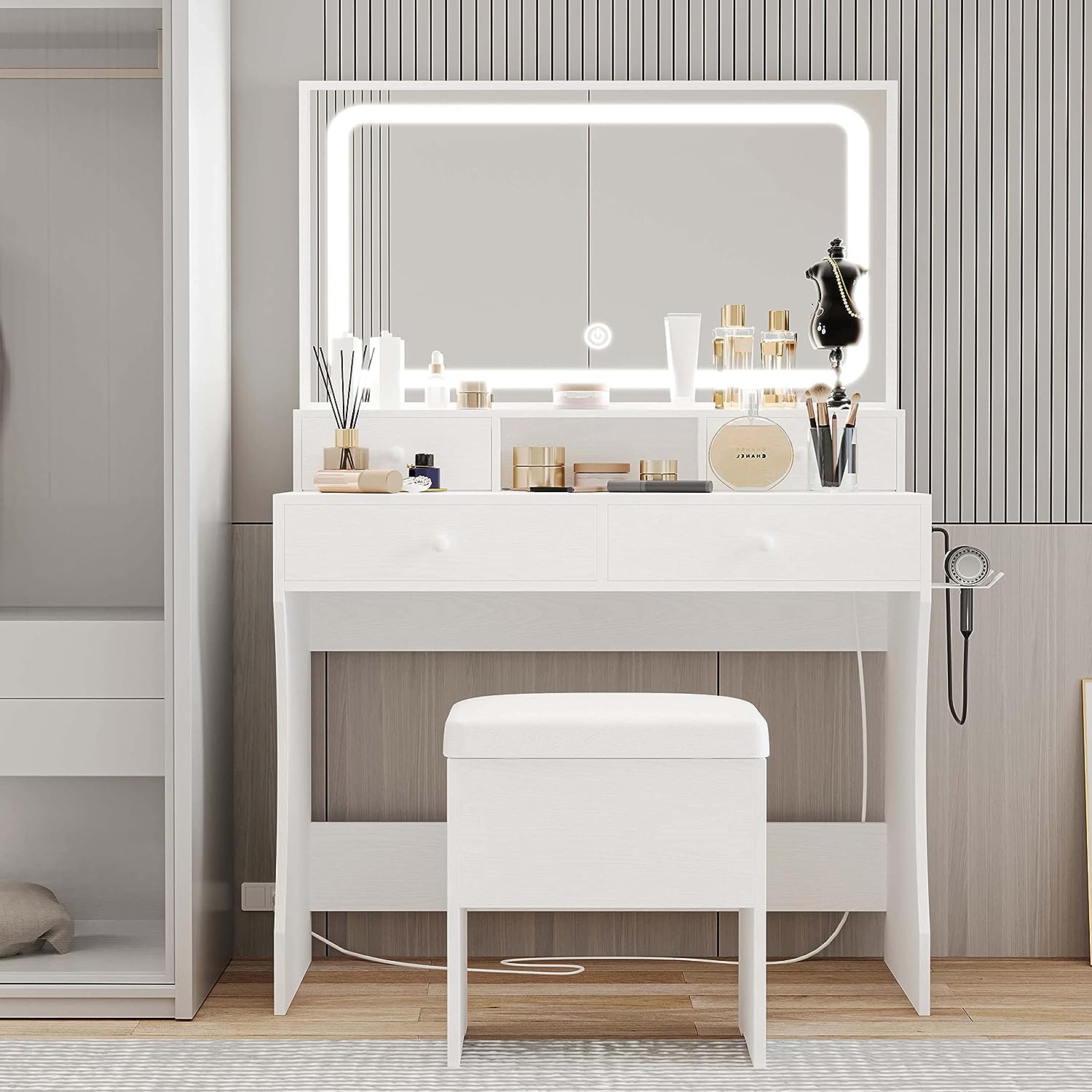
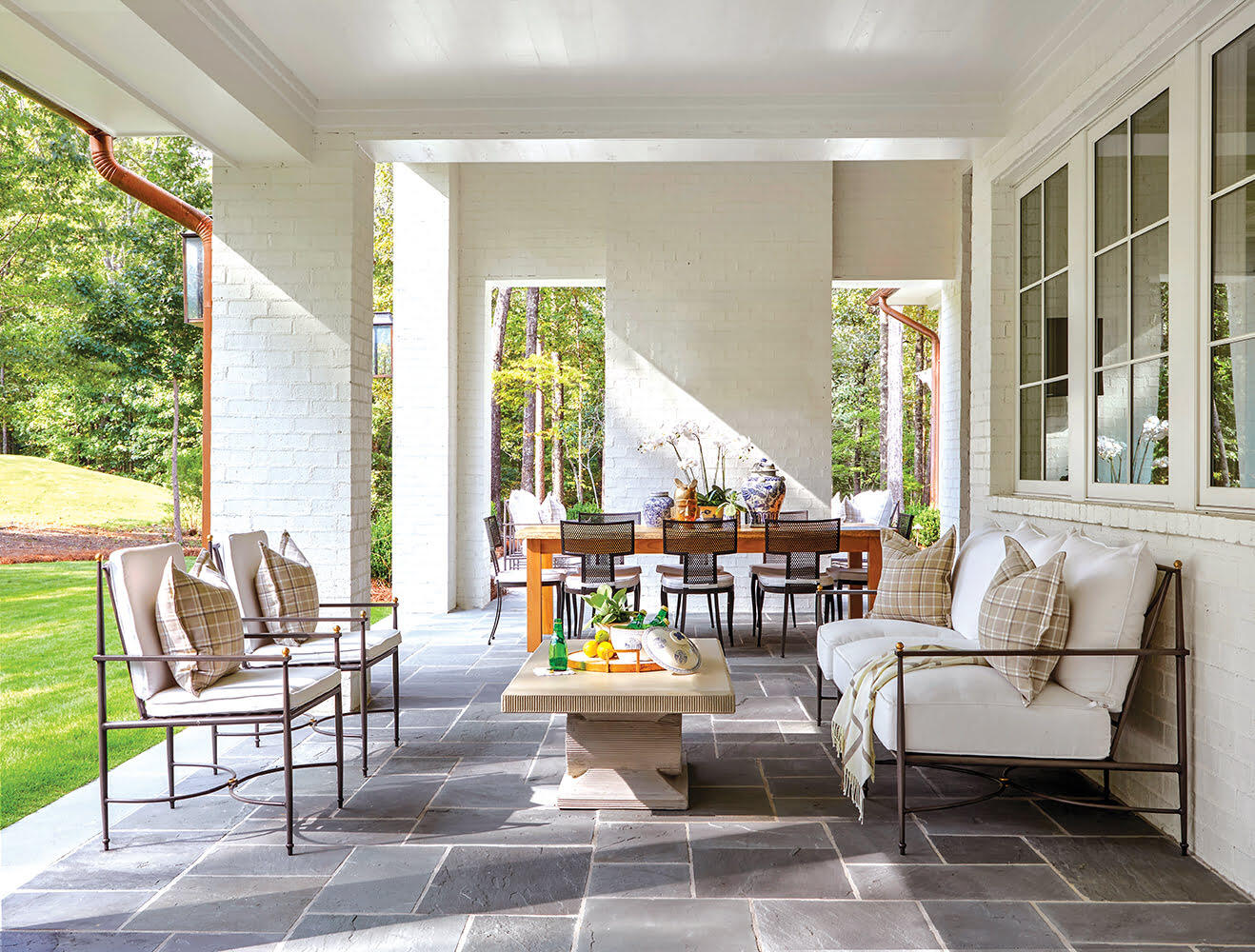
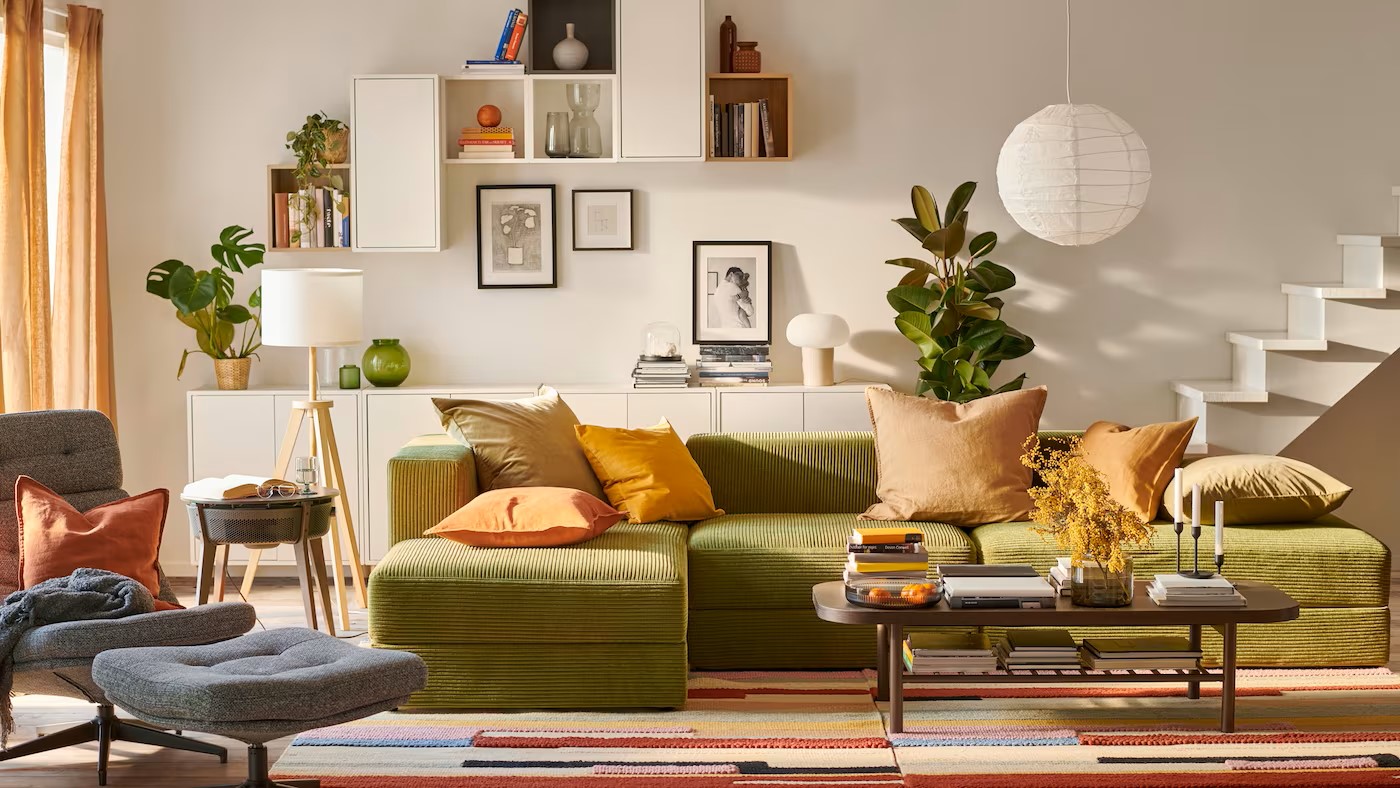








0 thoughts on “Why Is A Living Room Called A Living Room”